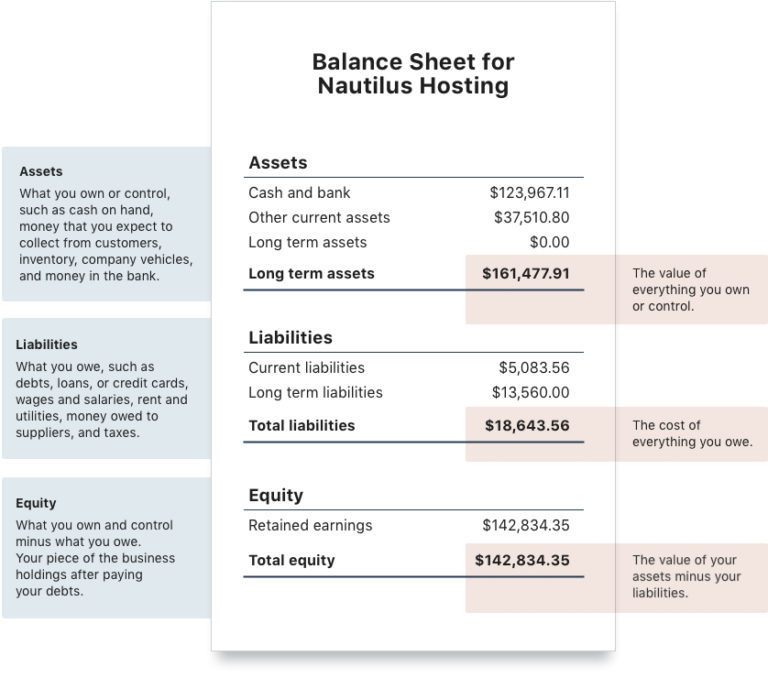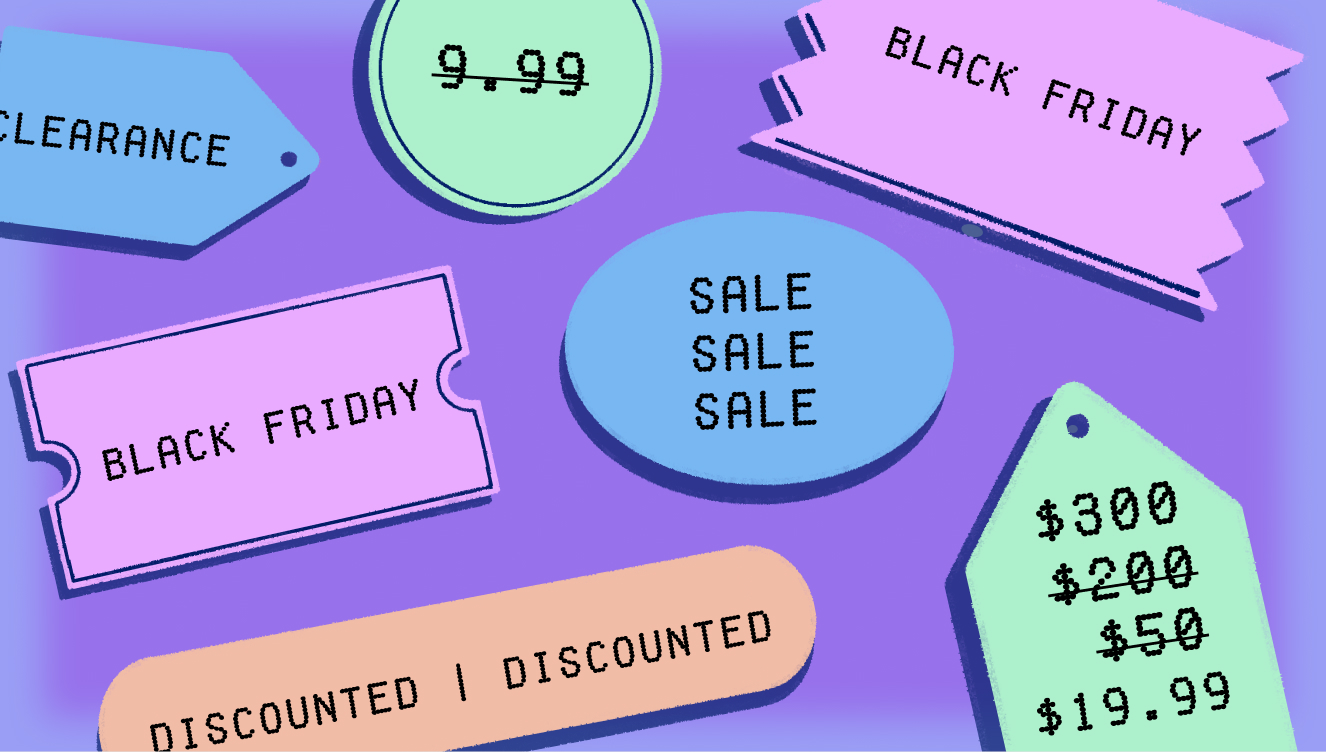

Understanding balance sheets
What is a balance sheet?
A balance sheet is a financial statement that gives you a snapshot of your business’ financial health at a particular date in time. Balance sheets can also show you how much your business is worth, how much debt you owe, and alert you to any changes in cash flow (which might reveal potential pitfalls).
Not sure how to create or understand a balance sheet? No problem! Wave creates one for you as part of our free accounting software. We’ve created this infographic to help you understand just what your numbers are saying.

Assets
What you own or control, such as cash on hand, money that you expect to collect from customers, inventory, company vehicles and money in the bank.
TOTAL: The value of everything you own or control.
Liabilities
What you owe, such as debts, loans or credit cards, wages and salaries, rent and utilities, money owed to suppliers and taxes.
TOTAL: The value of everything you owe.
Equity
What you own and control minus what you owe. Your piece of the business holdings after paying your debts and obligations.
TOTAL: The value of your assets minus your liabilities.
There you go! Now you know how to read a balance sheet. But remember: Your balance sheet is only as accurate as your own bookkeeping. If you don’t enter the numbers, your balance sheet can’t tally them.
The information and tips shared on this blog are meant to be used as learning and personal development tools as you launch, run and grow your business. While a good place to start, these articles should not take the place of personalized advice from professionals. As our lawyers would say: “All content on Wave’s blog is intended for informational purposes only. It should not be considered legal or financial advice.” Additionally, Wave is the legal copyright holder of all materials on the blog, and others cannot re-use or publish it without our written consent.




.png)





